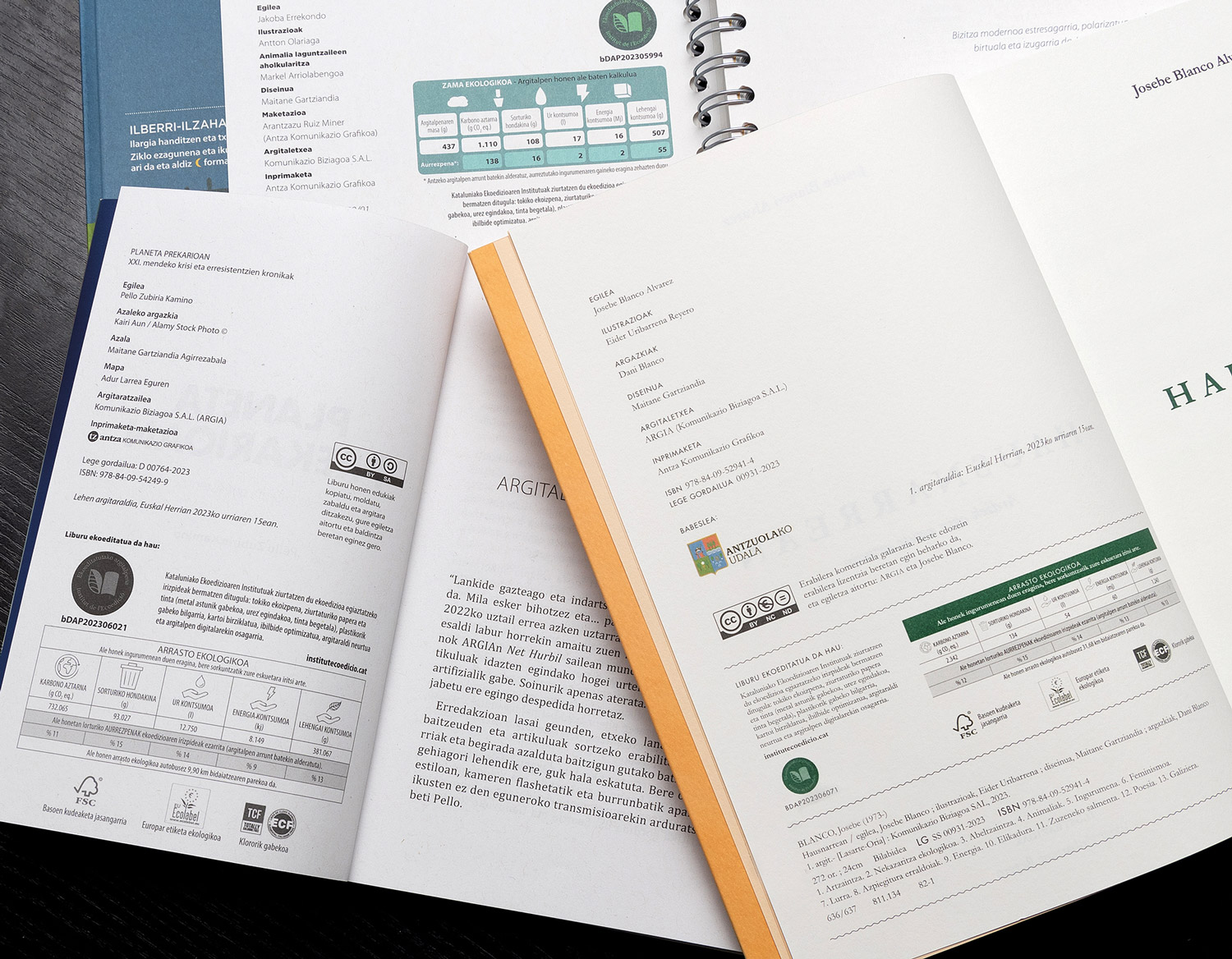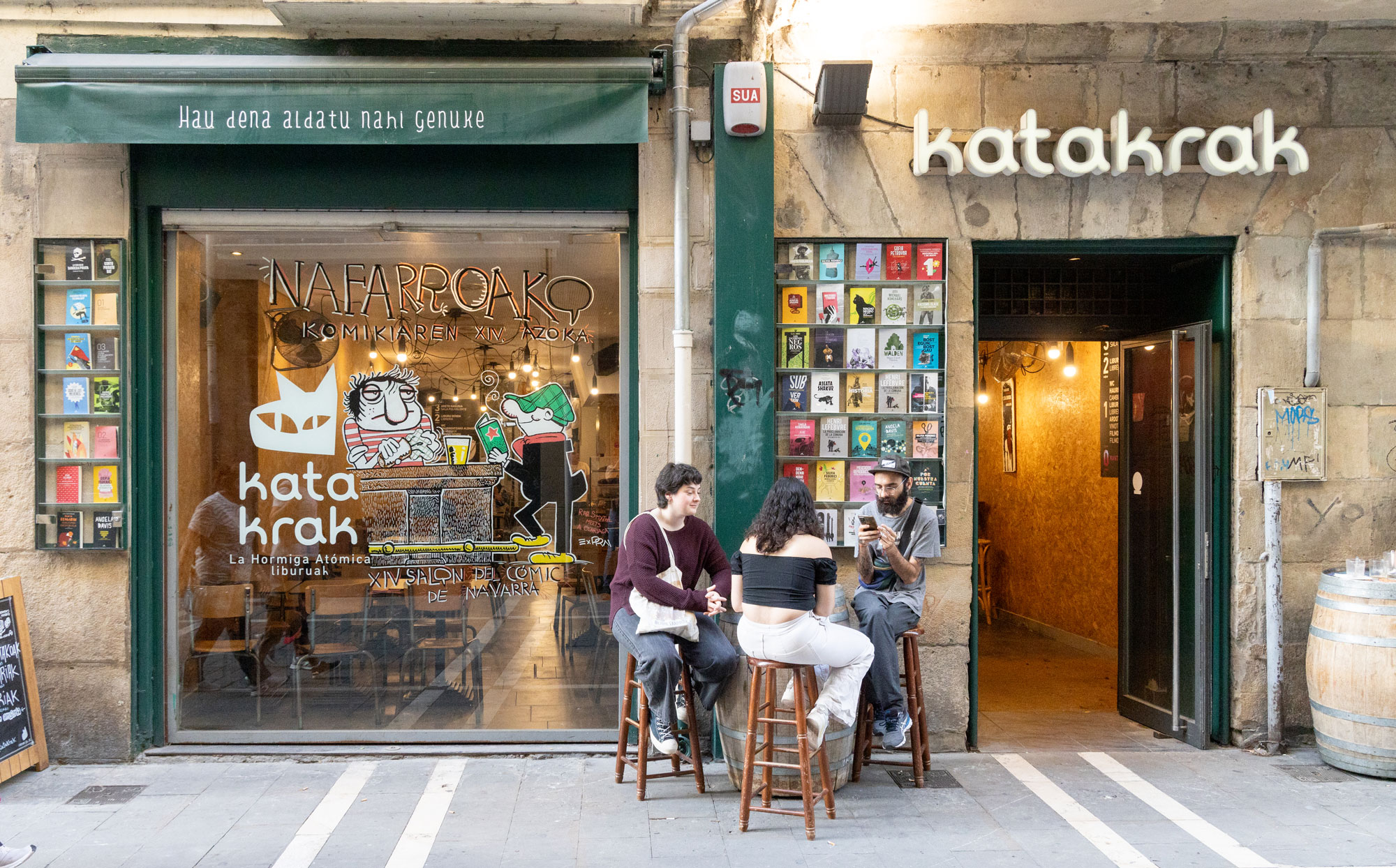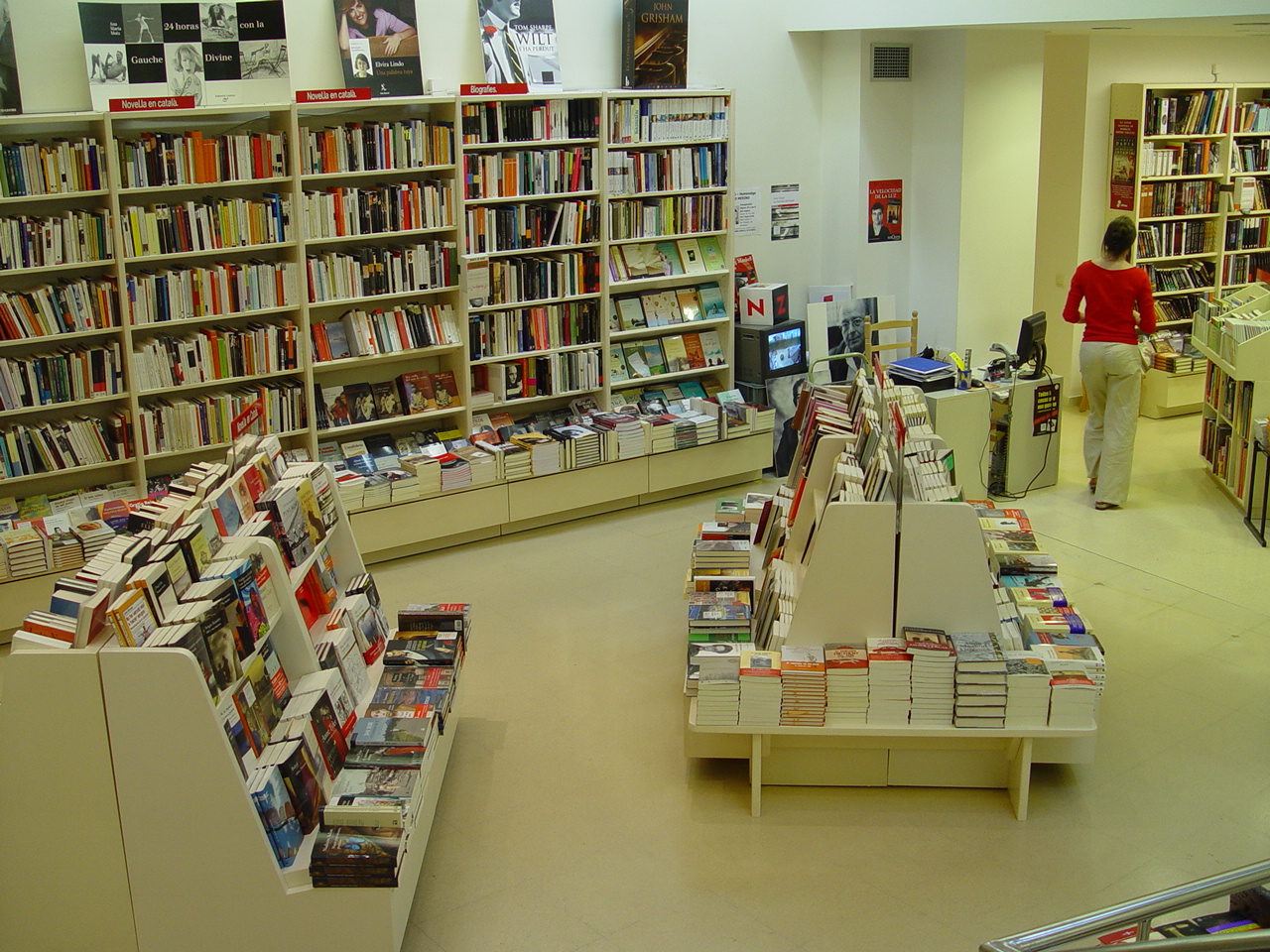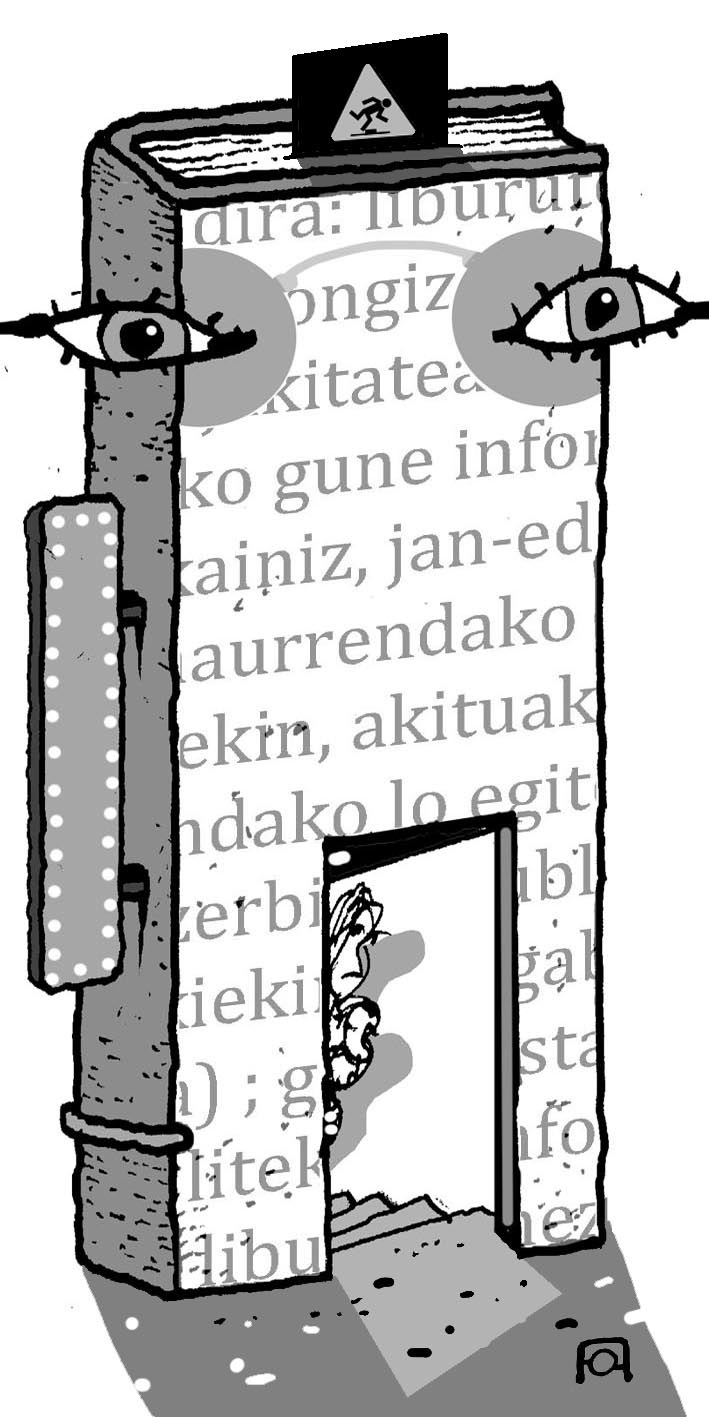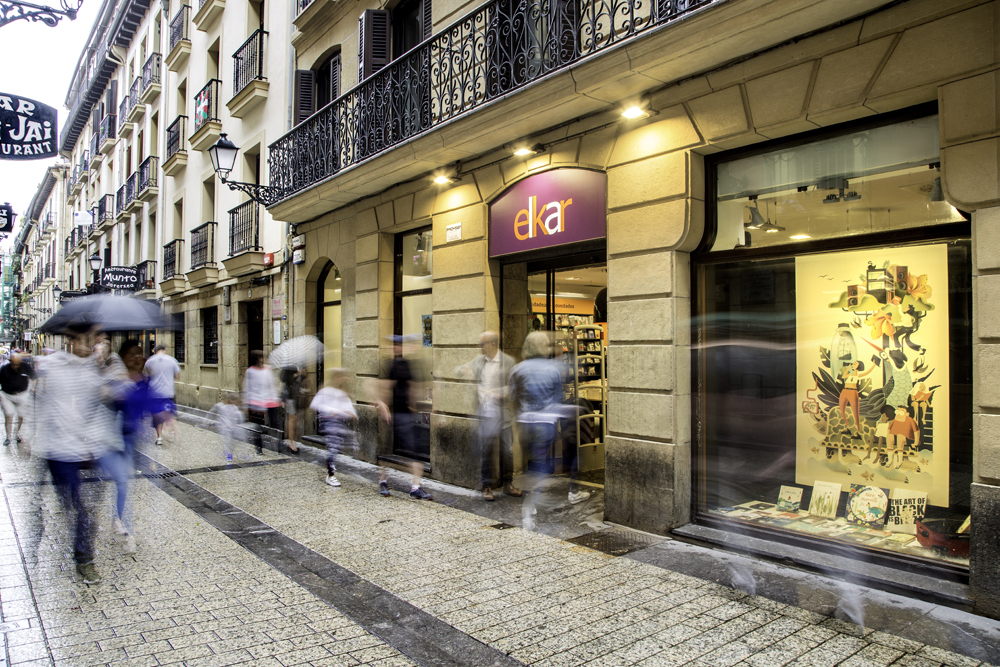What place do Basque books occupy in the international system?
- All books (almost) bear the ISBN number on the back cover and on the inner pages. But what is it? What is it for? This report analyzes the history, value and functioning of the ISBN number and the place currently occupied by Basque books within this system.
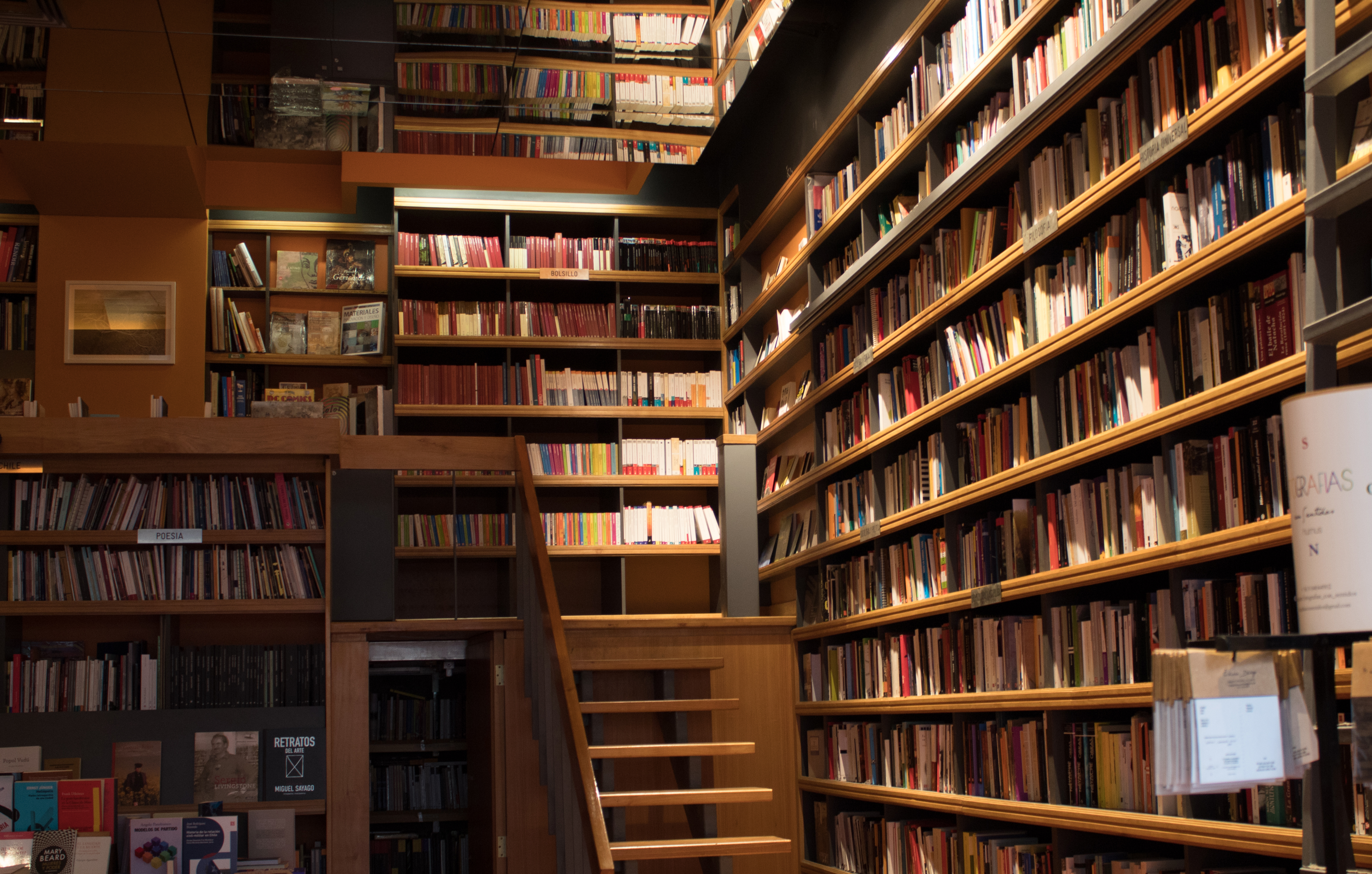
The ISBN has become an essential tool for the production and distribution of books. They are: International Standard Book Number. It is a standard international number for books and (almost) any book you will find on the credit page along with the Legal Deposit number. However, despite its importance, few will know it, its functions and, as we shall see, what happens to books in Basque.
The ISBN identifies a particular edition of a book and collects its data. Thus, the inventory, demand and management of data associated with books greatly simplify.
In 1965, W.H. Smith, the UK's largest bookseller, announced in two years his intention to move to a computerized warehouse. To do so, he needed a standard numbering system for all the books that passed through the company's hands. Some consultants started working on the creation of this tool, which would also be useful for the Distribution and Methods Committee of the England Publishers Association and the UK book market, and in 1966 Standard Book completed the standard numbering system for Numbering books (SBN). Its use began the following year.
International standardization
The topic was also addressed at the third conference dedicated to the investigation of the book market in Berlin in November 1966 and to the rationalization of the book sector, putting on the table the need and feasibility of implementing an international numbering system for book identification. It has already been said that some editors in the UK were studying the use of computer science for the management of applications and inventories. For this, it was essential that each article published had an identification number and that this identification system was as widespread as possible.
The non-governmental organization ISO played an important role in this. Founded in 1947, it is responsible for the development of international standardization, located in Geneva, Switzerland. In fact, it is responsible for setting the standards of all technical and non-technical areas, eliminating those related to electrical and electronic engineering, which belong to the International Electrotechnical Committee. Specifically, the organization standardizes units of measurement, alphabets and transliterations, sections, materials, surfaces, processes, instruments, test methods and specifications for machines, as well as the ways to give them. One of the objectives and consequences of international standardization is that it facilitates international trade, providing common criteria between countries, companies and buyers. The ISO establishes the technical committees to carry out this standardization and the technical committee 46, Information and Documentation, constituted in 1966 a working group to analyze the international use of the SBN system developed in the United Kingdom.
A meeting was held in 1968 with representatives of Denmark, France, Germany, Ireland, the Netherlands, Norway, the United Kingdom and the United States and a UNESCO observer. Other countries made written contributions. All ISO member countries were informed of the conclusions of the meeting and further meetings were held in Berlin and Stockholm in 1969. After this process, the ISBN system was approved in 1970, making it the standard ISO 2108.
During these decades the ISBN has undergone several changes. The main one is the inclusion of audio and electronic books in the standard, allowing in addition to physical books, the provision of ISBN numbers for books as books. In 2007, it went from 10 to 13 because the numbers in some fields were being completed. This change made it possible to combine the book identification system with the bar code standard European Article Number, EAN, Number of European Articles, which has subsequently become GS1.
Sand grains on the beach
The ISBN therefore uniquely codifies the information relating to a particular book in order to be able to manage that information easily. Suppose we want to get Bernardo Atxaga's Obabakoak book. But what version do we want? In fact, with the same title this book has been published in several languages and an editorial has published several editions. The number 01008475682181 corresponds to the 402 page edition edited by the editorial Erein in 1988 (conversion of ISBN 10 to ISBN 13) and not to any other. The corrected and updated edition of the same book of the year 2000 corresponds to the number 978-84-7568-824-4. We must not confuse new editions with reprints. In fact, new editions must undergo significant changes in order to be able to convene a new edition.
Why is this chain of figures important, which is almost – or totally – unnoticed? As I said, it saves the management of long descriptive bibliographic notes, saving work, time and errors, and therefore wages. It also automatically complements and updates the catalogues and bibliographic databases used on the market, as well as to find information in these databases quickly and easily. For all these reasons, book applications and distributions are currently managed with the ISBN. Many processes are based on the ISBN in the production chain, and for the electronic system of management of books in shops is also an essential element. It allows to compare sales between editions of a book, books of an editorial, etc.
What does each number mean?
A ISBN number consists of five parts. The first three figures form the prefix, corresponding to the barcode system. It can be 978 or 979, which are the “country” created in the system of barcodes for preski books.

The following figures correspond to the group. The number may have a length from one figure to five. 84, for example, corresponds to Spain, 2 to French. The group numbering identifies states, countries or linguistic areas. Group numbers are distributed by the ISBN International Agency.
The editor identification number is shown below. Identifies an editorial or editorial brand within a group. Its length varies between seven figures. Its length depends on the number of titles the editor plans to publish. The more numbers you plan to publish, the more identification number the publisher will have. Each publisher must request the identification number from the institution responsible for the country, country or linguistic area in which the ISBN is located.
The latest figures identify the publication and its length depends on the number of books the editor intends to publish. Finally, there is a control figure to identify the number, calculated by an algorithm considering all the above figures.
In order to request a ISBN number, the editor must contact the relevant agency and fill in the form for each number. This sheet contains the metadata that informs the book. These are: The ISBN number itself, the product format, the series (if available), the title, the author, the number of editions, the language of the text, the publisher, the editor, the country and the date, among others.
Number of Basque ISBN?
As I say, there is a central entity in charge of the ISBN numbers, but each group in the system has an entity that issues numbers and manages information about the publications of that group. There are three types of groups, therefore, national, national and linguistic. Each editor cannot ask for a number from any group. It should be addressed to the State, Country or Language book number manager.
Because there is not a group of each language, not a group of each country. The books in Basque therefore have a number that depends on the territory in which the editorial is located, and the data of them are managed by the corresponding organs. Since most Basque books are published in the Spanish State, most of them have the number 84 corresponding to Spain. Those published in Iparralde have the number 2 for the French language area. In fact, books published in French in Belgium, Canada and Switzerland also bear number 2. In addition to French, the linguistic fields are English, identified with numbers 1 or 0, and German.
In the case of books in Basque, it does not seem that in the short term they have their own group of ISBN, as there is not much interest in the subject. A few months ago, among the competences that the Spanish Government has to grant to the Basque Government was the competence to manage the ISBN and the ISSN. However, the latest news shows that the Government has only been given powers to manage the number of ISSN. Then there may be an economic reason, because every ISBN number has to be bought, and the number of books edited each year is not wasted. However, it seems that even with the transfer of competition a new ISBN group would not be created, but that the government would gain the power to issue the Spanish number.
Somehow, the ISBN account can be equated to the .eus domain, according to the editor Gorka Arrese. His dream is that books in Basque have their own ISBN number. It indicates that these numbers provide immediate identification, such as the Internet domain. The problem is that few know these numbers and their importance. The London-based International ISBN Agency should be directly approached, but diplomatic issues would also be directly included.
As we have said, behind these numbers are a lot of data, databases, as well as data management institutions. The existence of a database that would unify the publications of all books in Basque would greatly facilitate the collection and analysis of the data related to them, since at present the ones of the National Library of Spain and those of France must be studied.
Even if, when requesting a ISBN number in the Spanish state, the language field is unintentionally emptied, the system automatically considers it as a Spanish book, and it would not be the first time it appeared in the databases that the Basque books are in Spanish. In addition, the ISBN data automatically completes a wide variety of databases. Also those corresponding to libraries and bookstores and others that perform the archive and indexed, and in them many books are lost in Basque, especially if there are Spanish-language editions.
In the daily life of writers, editors, librarians, sellers and readers these numbers are of vital importance and their distribution is not bleak. If one day the books in Euskera will have their own space in this international system, steps will have to be taken to this end.
ISSN
If the ISBN is for books, the ISSN is for magazines and serialized publications. The magazines carry the International Standard Serial Number. In 1971 the international standard was approved. It has eight numbers. The Basque Government has recently acquired the competence to issue ISSN numbers.
LAW The ISBN
and ISSN numbers are not mandatory, although in some territories it is mandatory in practice, at least if you want to distribute books and journals published to bookstores. It should be noted that the ISBN number is not only allocated to books which are goods, but also to those which are distributed free of charge.
The Legal Deposit number is required in any publication.
Ekain honetan hamar urte bete ditu Pasazaite argitaletxeak. Nazioarteko literatura euskarara ekartzen espezializatu den proiektuak urteurren hori baliatu du ateak itxiko dituela iragartzeko.
In Larrabetzu there is no shortage of quotes to reflect on the Basque cultural area and, to a large extent, lectures on literature. After the past and the entry of the fairs of Ziburu and Sara, the gummies have been opened, among others, to the reflections on the various... [+]
“Estutasun larrian” aurkitzen direnez, liburugintzari garrantzia ematea eta “liburuaren kate osora” helduko diren neurriak hartzea eskatu dute Euskal Idazleen Elkarteak, EIZIEk, Euskal Editoreen Elkarteak, Editargik eta Galtzagorrik.
Catalan pianist Clara Peya recently won the 2010 Catalan National Cultural Award. In his arms, he said that he was a privileged one and thanked his mother for having had a piano at home, rehearsing for hours and hours, because he did not have to take care of anyone and had not... [+]
Let's dream. There was once a readership village. Everyone could go to a place close to their home, (...) a warm place where you could discover yourself and others, where you could learn, imagine, exchange, travel. (...) That is our people, it is France. It is up to us to... [+]









